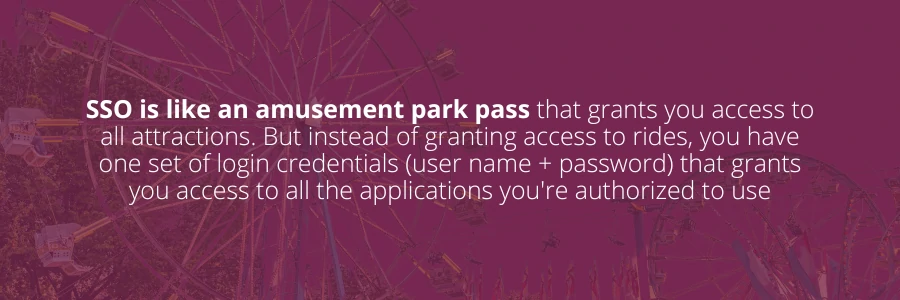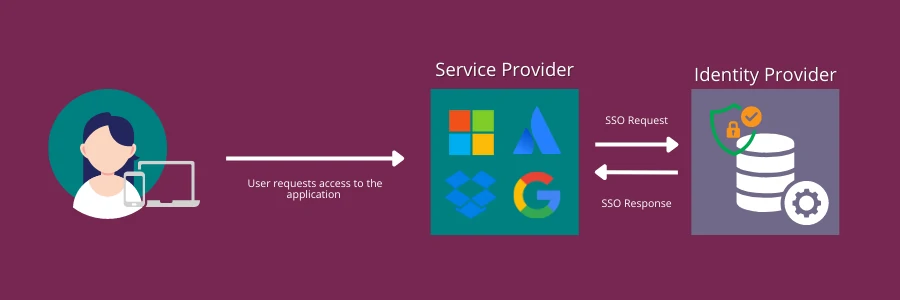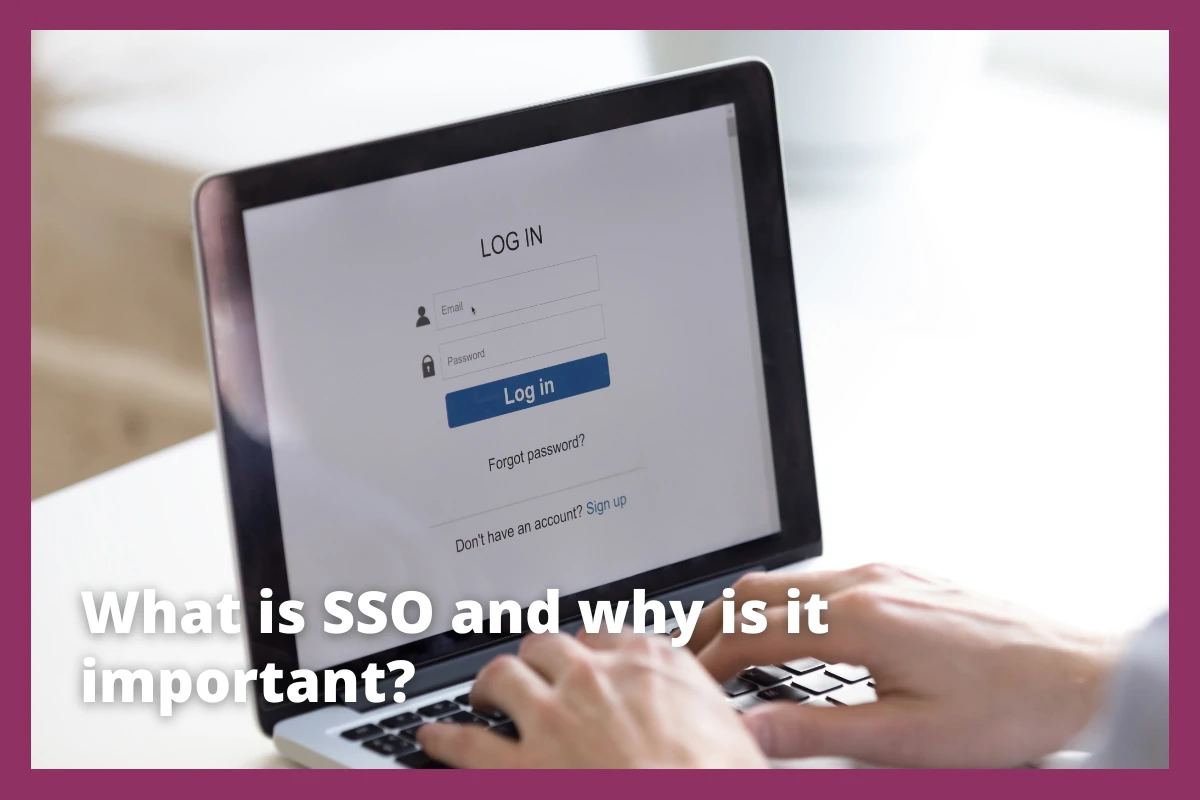What is SSO?
Imagine you're visiting an amusement park that has many rides and attractions. Normally, you would have to stand in a separate line and get a ticket or pass for each ride or attraction. This would take up a lot of time and would be frustrating if you needed to go back and forth between attractions.
Now imagine that instead of getting a separate ticket or pass for each ride, you get one pass that grants you access to all the rides and attractions you're authorized to enjoy. This simplifies your experience. In this metaphor, the pass is like a set of login credentials, and each ride or attraction is like a different application or service you need to access.

SSO stands for Single Sign-On. It is an authentication mechanism that allows users to access multiple applications or services with a single set of credentials. Instead of logging in separately to each application, users authenticate once and gain access to all authorized applications.
SSO is commonly used in large organizations where employees need to access multiple applications, such as email, document management systems, and HR software. It simplifies the login process and increases security by reducing the number of times users need to enter their credentials.
SSO uses protocols like SAML, OAuth, and OpenID Connect to enable secure communication between applications and identity providers, allowing users to authenticate with a central identity provider.

Why is SSO important?
SSO can increase security in several ways:
Reduced password fatigue:
Users only need to remember one set of login credentials, reducing the risk of weak or reused passwords.Centralized access control:
IT teams can manage user access centrally, ensuring that only authorized users access sensitive applications.Reduced phishing attacks:
With SSO, users are less likely to be tricked into phishing attacks, as they won’t be asked to log in frequently.Multi-factor authentication (MFA):
SSO can be combined with MFA to add an extra layer of security by requiring additional authentication factors.Audit trails:
SSO can provide logs that track user access, making it easier to detect and investigate security breaches.
What if an application doesn’t support SSO or MFA?
If an application doesn’t support SSO or MFA, you can still take steps to protect it:
Use strong and unique passwords:
Ensure passwords are at least 12 characters long and include a mix of letters, numbers, and symbols.Implement access controls:
Use role-based access control to limit user access to sensitive data and features.Regularly update and patch your applications:
Keeping software up to date helps protect against known vulnerabilities.Monitor for suspicious activity:
Use tools to detect unusual login attempts or access patterns.Train your users:
Educate them on security best practices, such as recognizing phishing attempts.Implement MFA at the network level:
Even if an app doesn’t support MFA, you can still use it at the network or VPN level.




